GERRIT REDPATH’S FLY PATTERN SELECTION FOR RIVERS AND STREAMS
Text Gerrit Redpath
Fly pattern photos Gerrit Redpath. Remaining photos Tom Sutcliffe
I was introduced to fly fishing about 10 years ago when I spent my whole Christmas bonus on a fly rod and fly vise. It was the humble beginning with a lifelong hobby, or should I say obsession? Fly-fishing soon becomes a life style, with ever and growing collection of gear and fly rods! Soon all I wanted to do was tie flies, take fishing photos, read angling books and daydream about rising fish and the perfect drift.
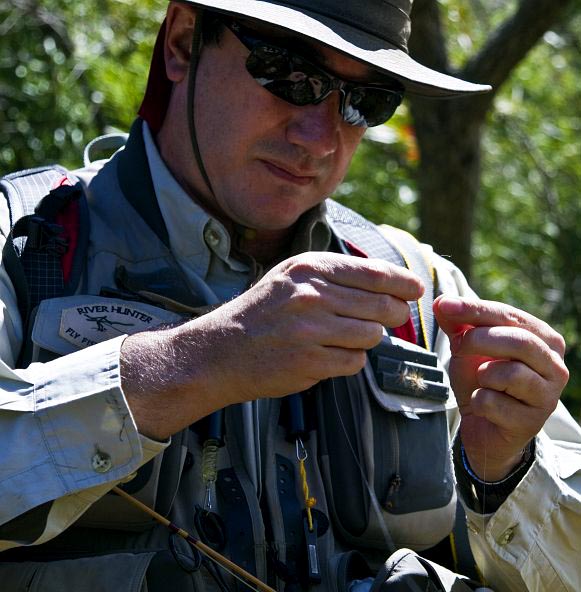
Never pass a chance to look inside a guide’s fly box. There you will notice dozens of easy to tie flies all with proven fish catching potential! For my six - pack I will go with various guide’s fly boxes as my departure point. Of course, all these patterns I tie in different sizes and weights.
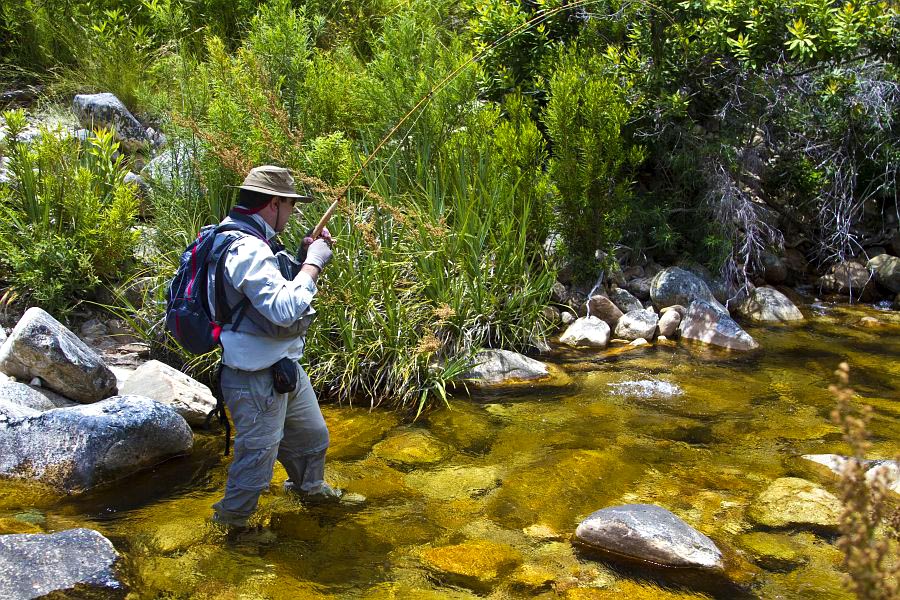
Dries:
Parachute Adams

While reading Paul Arnolds book, Wisdom of the guides (highly recommended), I noticed that most of the guide’s Paul interviewed had a parachute Adams on their list. I fish it extensively on the mountainous streams in the Rhodes area. This is one of my all time favorites. I like to tie some with pink posts for low light, some for thin water and some for faster flowing water. Give a couple of wraps around the post before tying off. Grey is my favorite color and I’ll have them in sizes 14 -16
Al Troth’s Elk Hair Caddis

The original Elk Hair Caddis was developed by Al Troth. I caught some of my biggest fish on this pattern. Must admit that some were caught while I was retrieving the fly! But I must thank Darryl Lampert for sharing the CDC & Elk with me. I took to the pattern like a fish to water. Tie in some Organza for flash. You can even add a bit of burnt orange floss to act as an attractor. Tie some with a light colored wing. This will help you to spot the fly in low light conditions. I carry them from 12 – 16’s. In the bigger sizes it will also serve as a workable terrestrial. (Size 8-12)
Nymphs
Flash-back Nymphs

Between the GRHE and pheasant tail nymphs, one can imitate a huge variety of mayflies and damsels. I have included a pheasant tail flash back into my six-pack. Most pheasant tails today are tied on Al Troth’s method rather than the original pattern of Frank Sawyer. Frank used copper wire to tie his pheasant tails. I also use some UV flash to serve as an attractor, especially on overcast days. Put some Sally Hansen varnish over the flash to make it more durable. I tie some with a red copper wire as ribbing. This definitely increases the success rate of this deadly pattern. Sizes 12-18
Zak
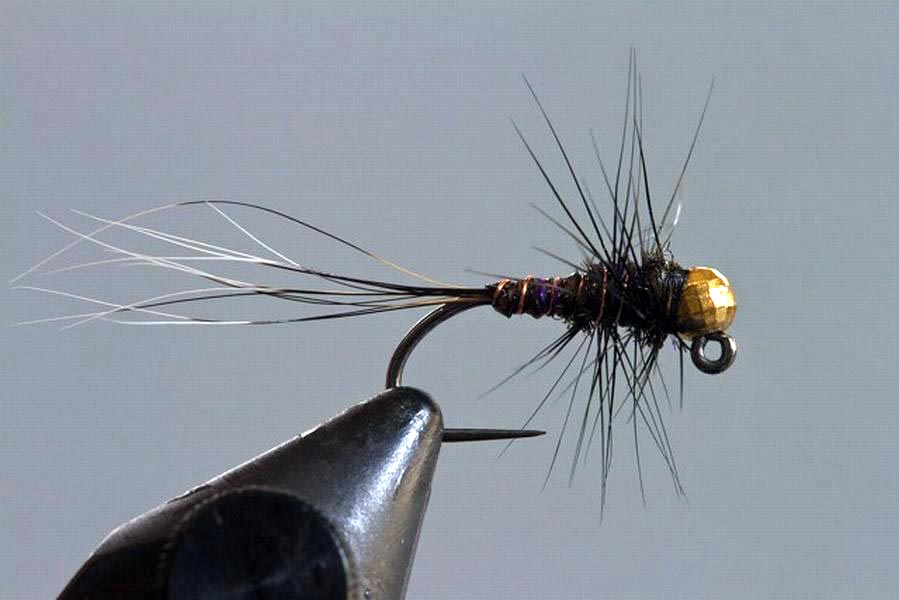
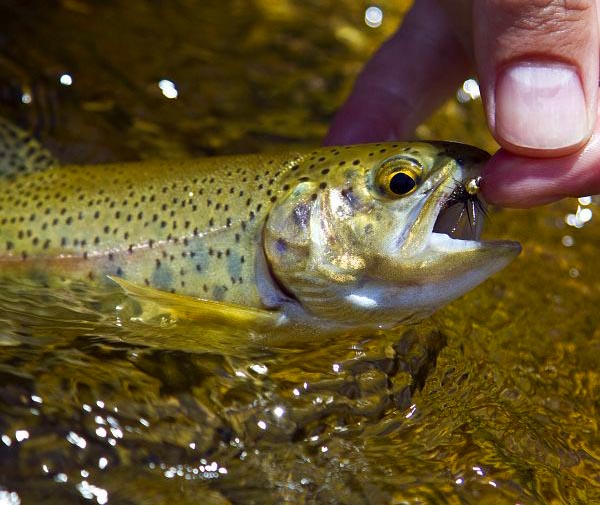
Is there anything more that I can add to this already famous pattern? Just that its reputation is justified, already legendry. Being a sucker for a good story, the Zak has got it all. You’ll have to search far for a better story than the naming of the Zak. Tie some with a few wraps of lead and a tungsten bead, especially for those high water days. I’ll carry them in sizes 12-16.
CDC Nymph

Quick and easy to tie and it is a deadly nymph. This pattern should not fool you with its simplicity. A seemingly ‘nothing’ pattern, it is actually brilliant. I like to strengthen the single CDC feather with some Madeira thread. It gives some strength and sparkle. A good tip on these patterns is to tie them rather sparse. It has served me very well over the last couple of years, even catching me several species of yellows as well! Sizes 10-16
Streamer

Need I say something about Black Woolies? I include them for those undercuts and deeper pools. Certainly they won’t let you down.
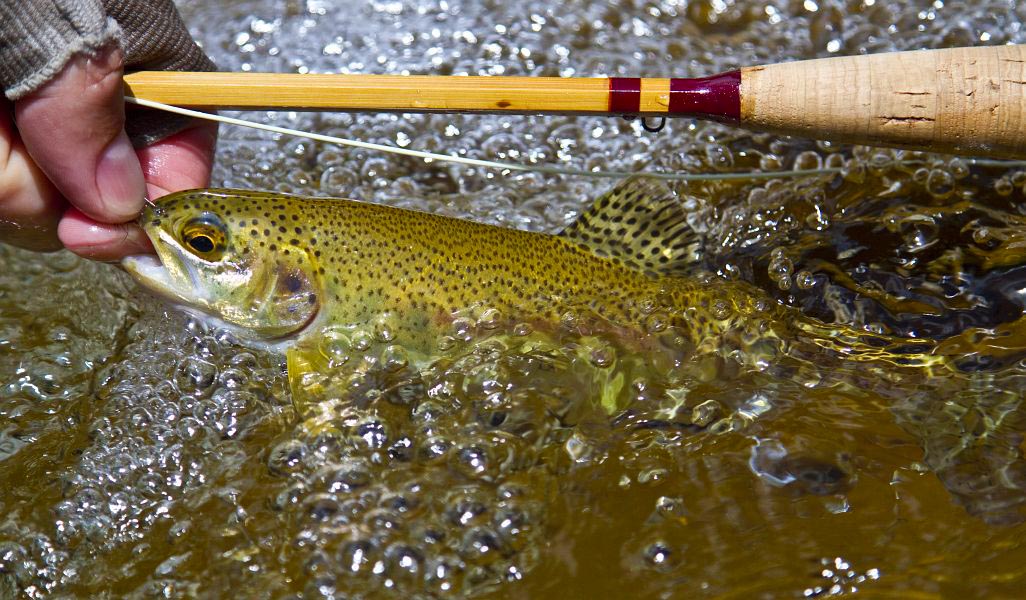
Gerrit Redpath
(Gerrit is a widely experienced fly fisher living in Bloemfontein. He is an extremely accomplished fly tyer and very keen amateur photographer. Tom Sutcliffe)


